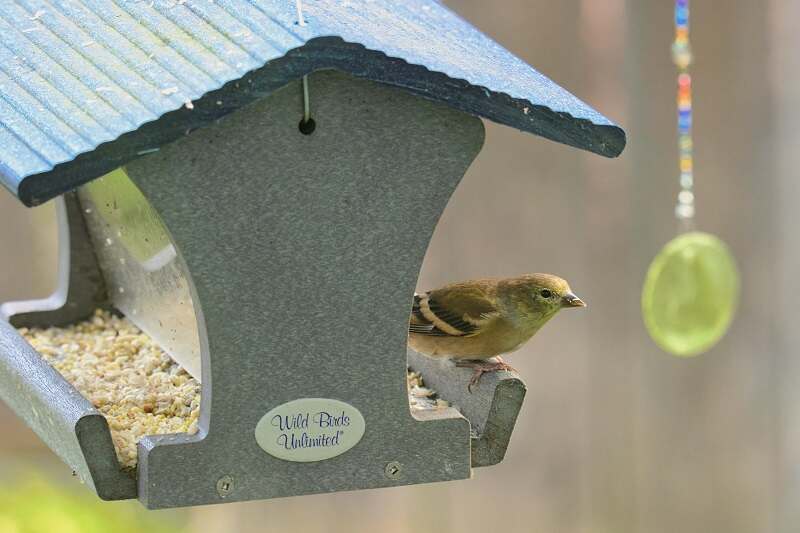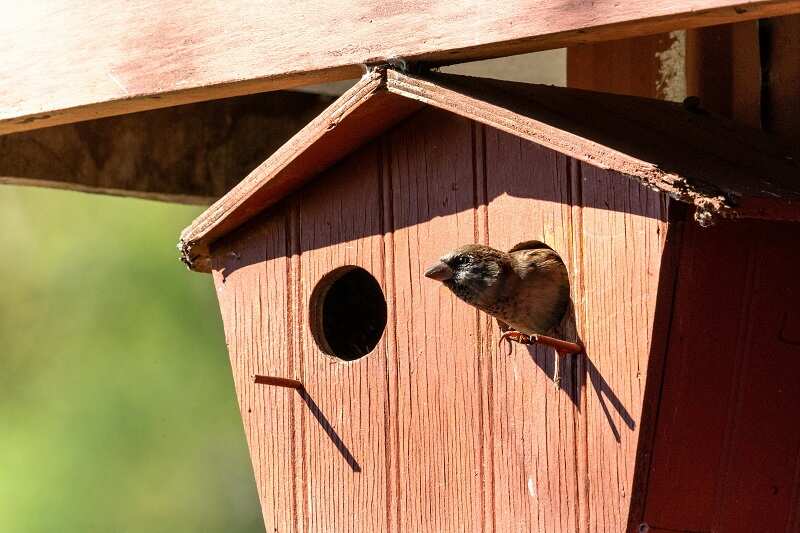Have you ever found yourself looking up at the sky, in awe of the birds freely flying in the sky?
You are not alone, in the UK over 600,000 people took part in last year’s RSPB’s Big Garden Birdwatch!
Whether you are an expert who can differentiate between a purple finch and a house finch, or a bird novice who is keen to learn a little bit more, installing a birdhouse in your garden is an ideal way to bring you closer to the wonderful world of birds.
Read on to explore some of the fantastic benefits that bird houses provide.
A Range of Bird House Options are Available
From classic wooden boxes to ones themed like tiny campervans, there is no shortage of styles you can choose for a birdhouse, but what is important is to get the size correct. Different birds have different needs, so you do need to consider who it is you want to create a safe nesting spot for.
The entrance/exit to the box is often the major factor to consider, here is a quick primer on the sizes you should be considering:
- Tits prefer an entrance that is around 25 -28mm wide
- Sparrows prefer a front door that is around 32mm wide. They also tend to nest in spaces where other sparrows are nesting, so be sure to install more than one box if you would like to attract them
- Robins, a staple of Christmas cards, prefer an open-fronted box that is hidden in ivy or other types of evergreen shrubs.
- If you are looking to attract larger birds, a nesting box for Barn owls should have an arched entrance and a lip on the edge to prevent any chicks from accidentally falling out.
Building Your Own Birdhouse
You can pick up ready-built bird houses from all sorts of places, but making your own enables more customisation if you want to attract a certain type of bird or simply want it to look a certain way.
If you’re contemplating a DIY bird house project, make sure you use durable timber materials that are untreated but weatherproof and follow these top tips:
- Include small drainage holes on the floor of the box.
- Add ventilation gaps near where the wall meets the roof.
- A flooded bird house is not going to be a welcoming one, so incorporate a sloped roof into your design to let rain drain easily away.
- Add a perch to the front to make entering and exiting easy (this can also help fledglings make the leap from the box to the wide blue sky)
- Use rust-proof screws and fixings
Protect Birds from Adverse Weather Conditions
The weather can be volatile, and in situations where birds are struggling to cope, these houses provide a safe haven for them. A safe and secure nesting site increases the chance of birds successfully rearing their chicks exponentially.
House cats are one of the biggest predators of small birds, and providing nesting sites that cats and other animals like foxes can’t get into is an excellent way to keep them safe.
Helps Your Garden to Thrive
Birds are a great pest control, a huge number of them will eat pests and insects that are a hindrance to your garden. If you can encourage birds to call your garden home, you will find it much easier to keep on top of those rose-munching aphids and caterpillars that are after your vegetable patch!
They can also help with soil aeration. By scratching around in your flowerbeds and grassy areas, they do their part to break up leaf litter and compacted soil, which in turn encourages earthworms to do their part to create top-quality soil.
Finches, Blackbirds, and Thrushes all get a special mention for being excellent helpers when it comes to seed dispersal, which is another incentive for anyone currently on the fence about introducing a bird house.
Conclusion
To wrap it up, there is no shortage of benefits when it comes to installing your very own birdhouse. Get started today and very soon you will be helping species to thrive, your garden to grow and you might even discover a love for DIY that you didn’t know was there!


